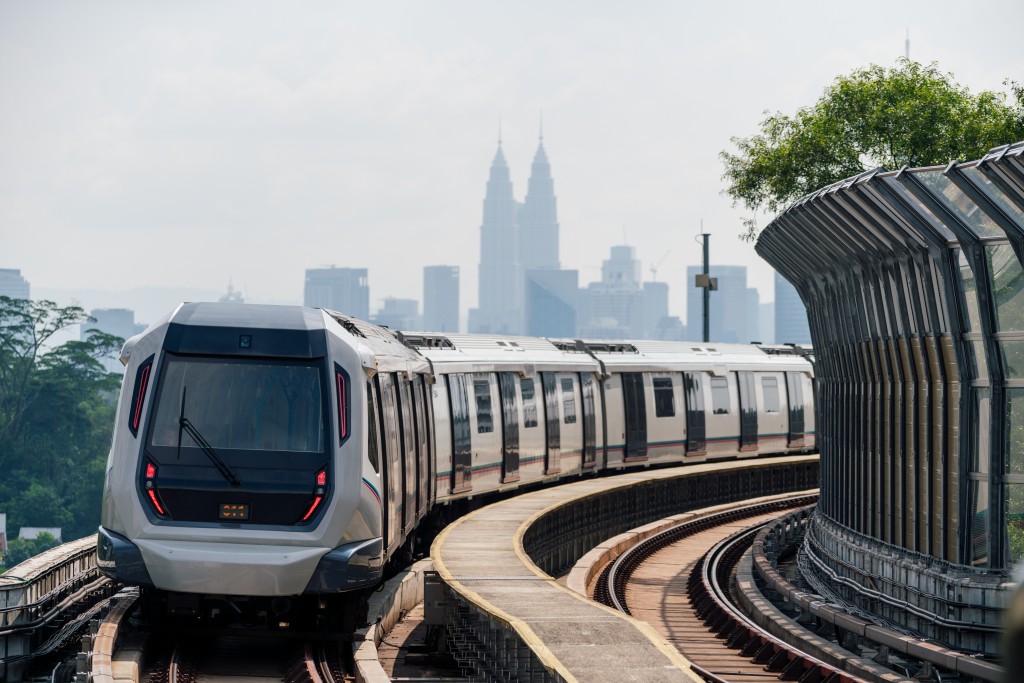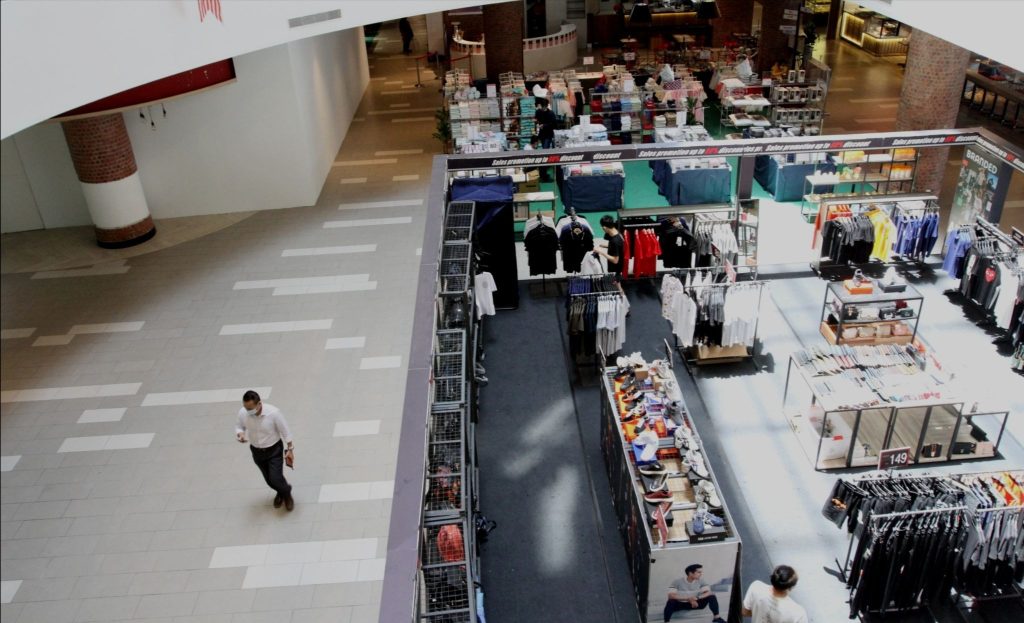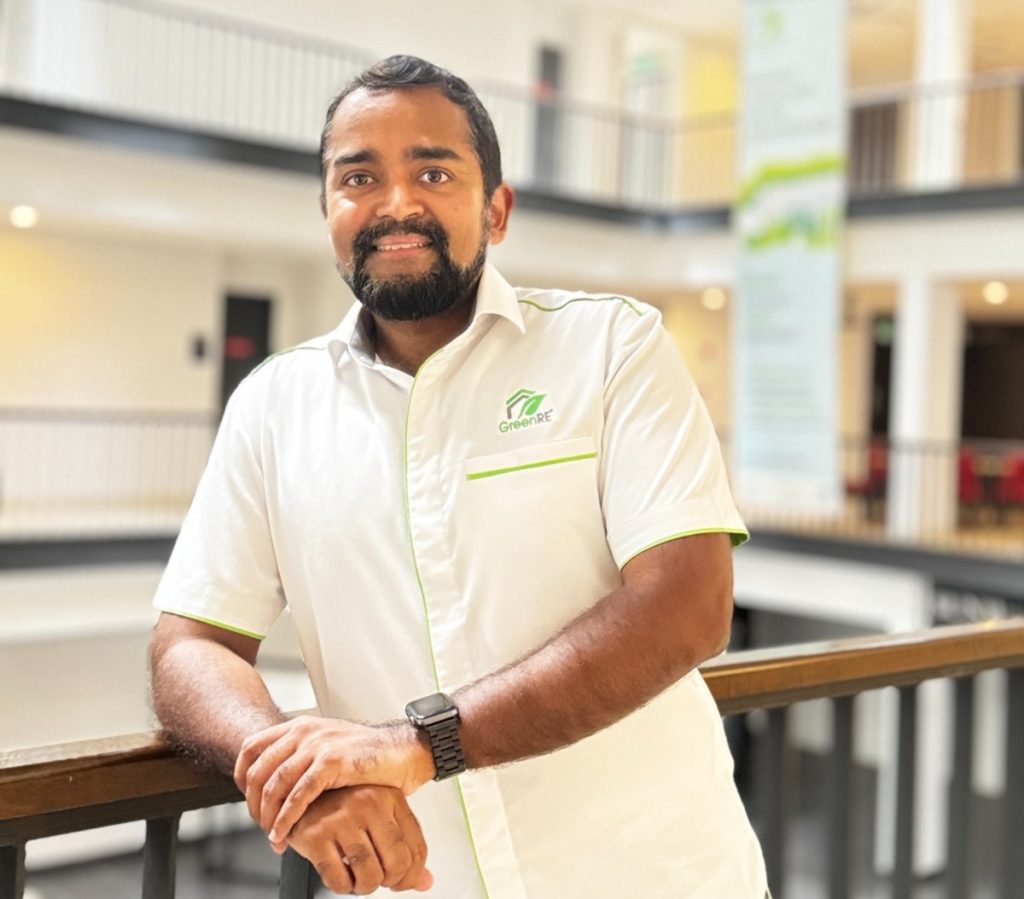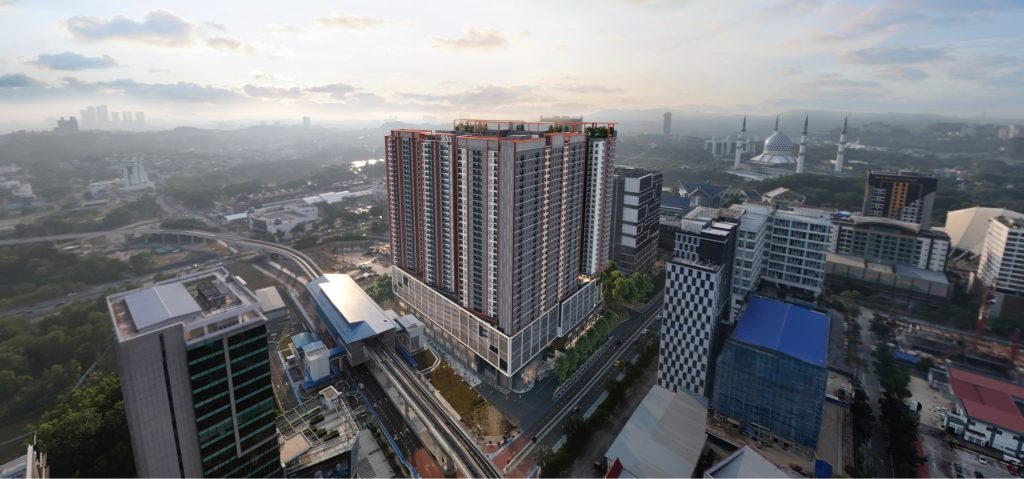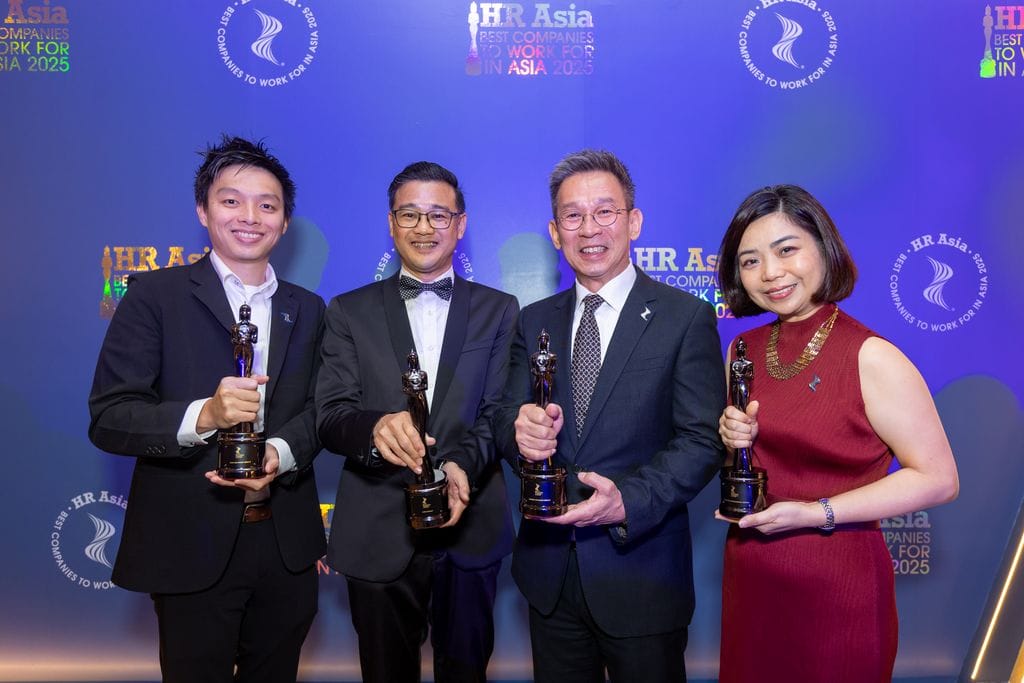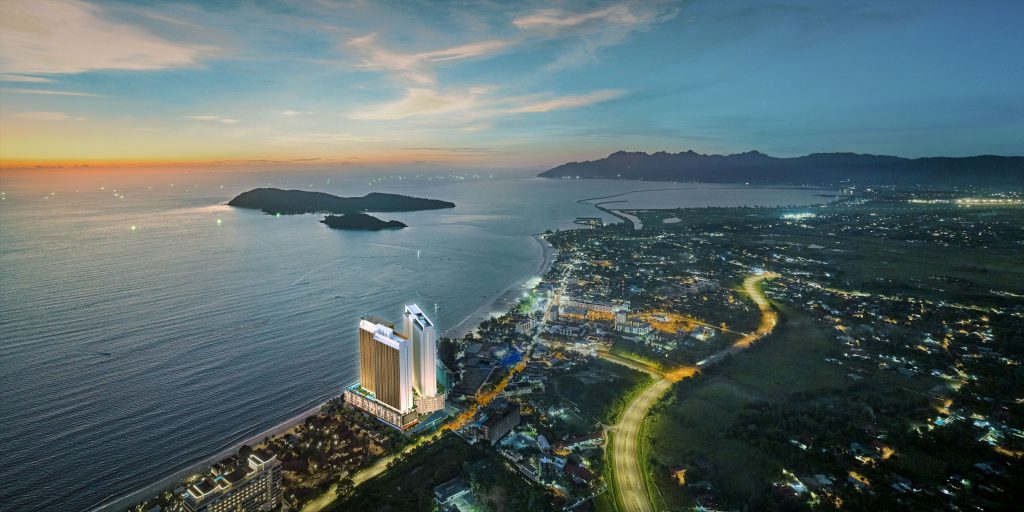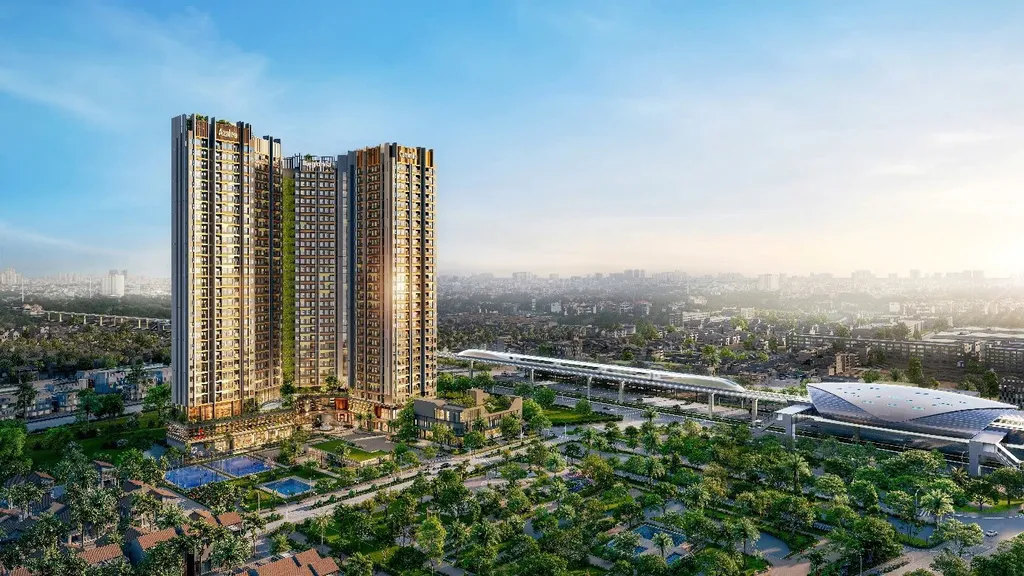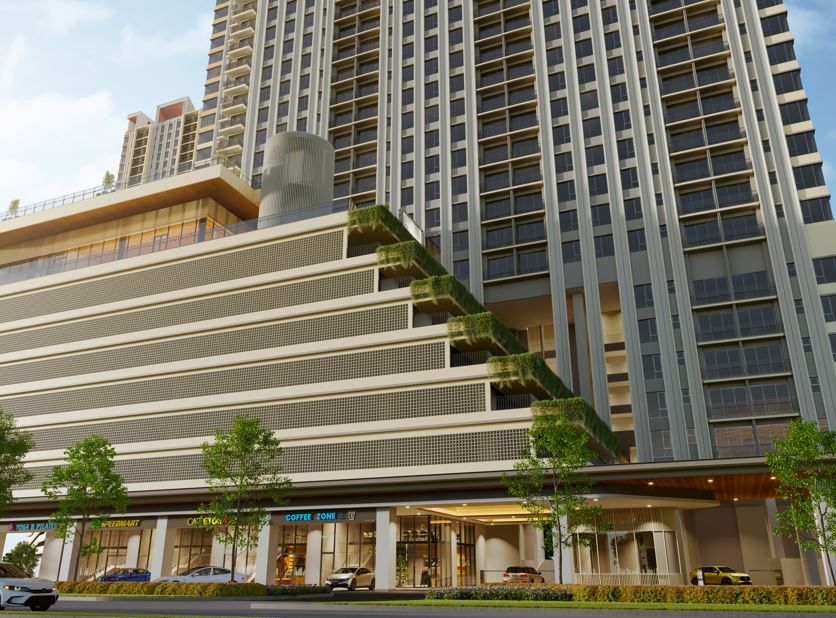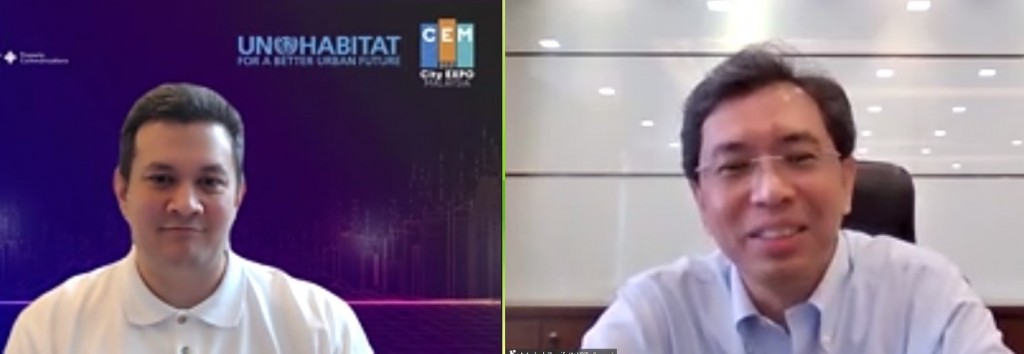
City Expo Malaysia director Imran Clyde (left) and Zarif in action during the virtual CEM Star Talk session.
PETALING JAYA: Rail transit should act as a backhaul for public transportation, providing integrated links for multimodal transport options, especially last-mile connectivity.
According to MRT Corporation chief executive officer Datuk Mohd Zarif Mohd Hashim, this needs to be a critical focus area, especially amongst town planners, local authorities and other city stakeholders.
The MRT Line 3 will complete the transport masterplan for the Klang Valley, connecting the eight different radial lines, and delivering passengers more efficiently, he said during his talk at the City Expo Malaysia’s (CEM) Star Talk series on Sept 24.
The CEM Star Talk, which acts as a lead-up to the City Expo Malaysia on Nov 8, is a series of conversations with city leaders and key stakeholders to share ideas and solutions on pressing issues affecting cities.
“There is a strategy to transform public transportation and it relies on the liberalisation of information and engagement with stakeholders to build a digital ecosystem around transportation. This could be in the form of apps and artificial intelligence engines to make transportation more efficient, cheaper and better,” he said.
To achieve this vision, there is a need for city stakeholders such as town planners, local authorities and even property developers to adopt a more forward-thinking approach to support Greater Kuala Lumpur’s transportation infrastructure.
“Funding for public transport infrastructure cannot be solely the government’s responsibility. There needs to be a symbiotic relationship with city stakeholders, especially those who have benefited from value capture from public transportation infrastructure. MRT Corp has thus developed a hybrid approach to help achieve this,” said Zarif.
He added that by taking a people-first approach, focus should be given to public convenience as first and last mile connectivity is important and should integrate or feed into metro rail lines. This includes looking at improvements to walkability, bus networks, access to car-sharing, ride-hailing and even private mobility vehicles (PMVs).
Once completed, the 52.31km circle line, with its 33 stations, would connect to the other rail networks, providing an almost seamless intra and intercity travel opportunity.
“MRT stations are primed for future expansion and transportation players are invited to engage with MRT Corp and invest in the station infrastructure to support multimodal mobility options. Stations themselves are adapting to have multiple uses and act as a destination,” he added.
Commenting on passenger safety, Zarif added that there were two critical considerations. The first is from the perspective of train safety, with initiatives being taken to improve systems, redundancies, and processes.
Environmental safety was the second point and that the public is encouraged to engage with rail operators through social media platforms to report problems. Further investments will be made into new technologies to identify and manage passenger risks.
City Expo Malaysia will continue to hold Star Talk Series over the coming weeks, touching on topics based on the 16 urbanism themes explored at the expo, ranging from mixed-use development, smart cities, placemaking, walkable cities and more.
MRT Corp will be sharing more updated information on the MRT Line 3 at the City Expo Malaysia virtual event, which focuses on city planning and development. The expo is open to the public and visitors can register at www.cityexpomalaysia.com.
Stay ahead of the crowd and enjoy fresh insights on real estate, property development, and lifestyle trends when you subscribe to our newsletter and follow us on social media.



